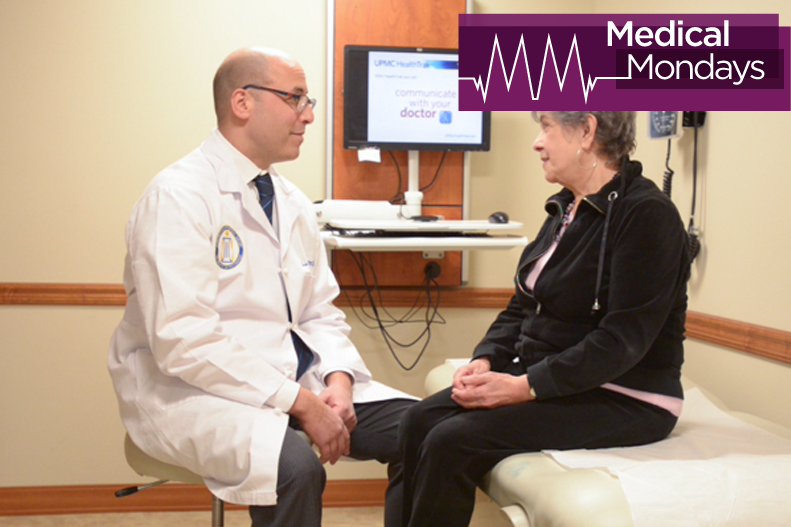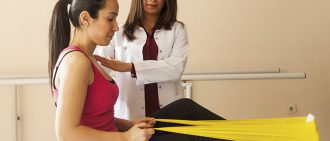A joint is where two or more bones come together in your body, like the knee and shoulder. Sometimes, joints can be damaged by arthritis and other diseases, injuries, or other causes. When this occurs, you may need to consider joint replacement surgery, where an orthopaedic surgeon removes all or part of the damaged joint and puts in a new one. Replacing a joint can relieve pain and help you move and feel better.
Here, you can learn about:
- How to prevent and handle falls
- What happens during and after reverse shoulder replacement surgery
- Recovering from knee replacement surgery
- The importance of physical therapy in recovering from joint replacement surgery
- The difference between malunion vs nonunion fractures
-
What to Expect During Physical Therapy
Physical therapy exists to help you get the most benefit from your surgery and return to an active lifestyle. While managing pain and getting back on your feet (literally) can be incentive enough to consider physical therapy, it’s also important to know what to expect during your rehabilitation journey. Read more to discover the benefits of and what to expect during physical therapy after surgery or medical treatment.Learn More
-
What Is Reverse Shoulder Replacement Surgery?
If you have shoulder pain that keeps you up at night or makes it difficult to comb your hair, you may be experiencing a rotator cuff injury. These are a common cause of shoulder pain, but there are many treatment options to consider. Depending upon your doctor’s recommendations, you may opt for traditional shoulder replacement or a newer procedure known as a reverse shoulder replacement. Read more to learn about the reverse shoulder replacement procedure and its benefits.Learn More
-
What to Expect After Shoulder Replacement Surgery
Although the surgery takes a few hours, recovering from shoulder replacement surgery takes months to over a year. You’ll go through a physical therapy program, as well as follow an exercise plan at home. How well you stick to these plans will determine how much range of motion you recover and how fast. Read more to discover what you should expect while recovering from shoulder replacement surgery.Learn More
-
Your Knee Replacement Recovery Plan
After choosing to undergo knee replacement surgery, there is still a long road ahead in terms of physical therapy to work with your new knee. Your recovery process will involve getting back some range of motion so you are able to go about your daily activities. Read more to discover what to expect during each step of your recovery.Learn More
-
Malunion or Nonunion Fracture: What’s the Difference?
Do you know the difference between malunion and nonunion fractures? Usually, bones heal naturally with rest and immobilization, but in some cases, they do not heal even after traditionally effective treatments. Malunion and nonunion fractures are two types of bone healing complications that often occur after significant trauma. Read more to better understand these complications and your treatment options.Learn More
-
6 Tips for Preventing and Handling Falls
In 2012, around 2.4 million falls were treated in emergency departments throughout the nation and more than 722,000 of those patients needed hospitalization as a result. The most common injuries that occur from falls include fractures of the spine, hip, forearm, leg, ankle, pelvis, upper arm, and hand. Some can be even more severe, like traumatic brain injury or even a fatality. Read more to discover how to prevent yourself and your loved ones from falling.Learn More






